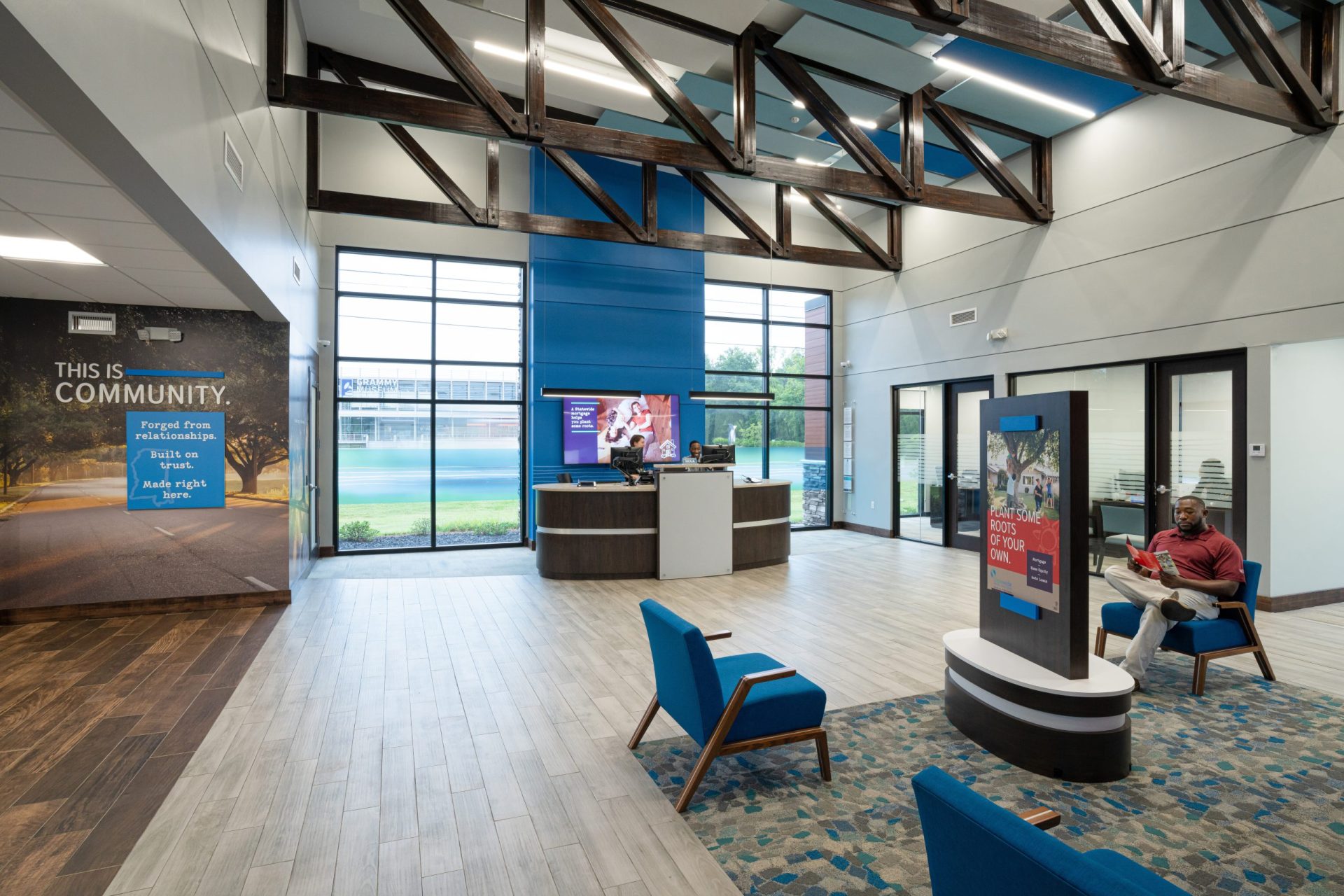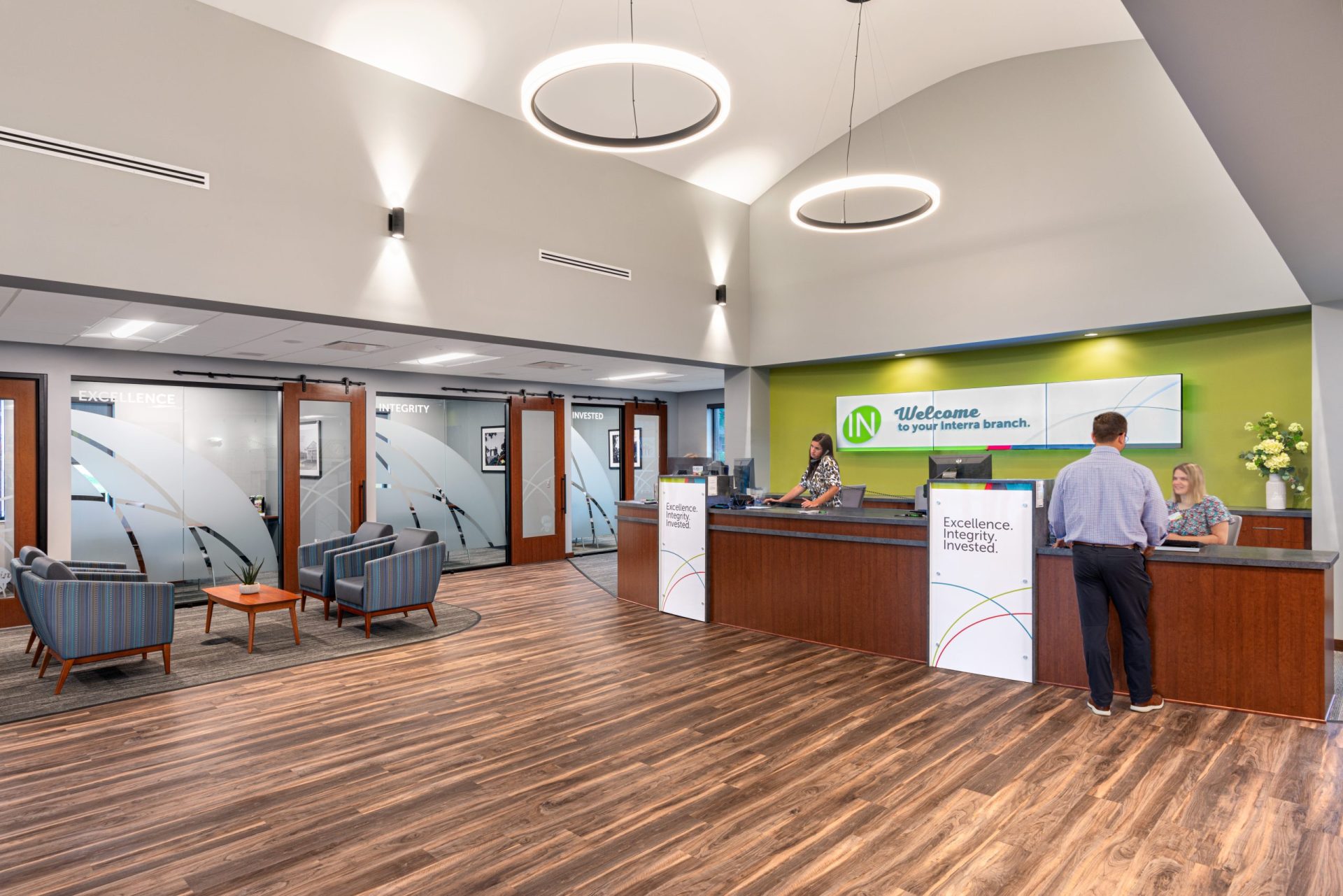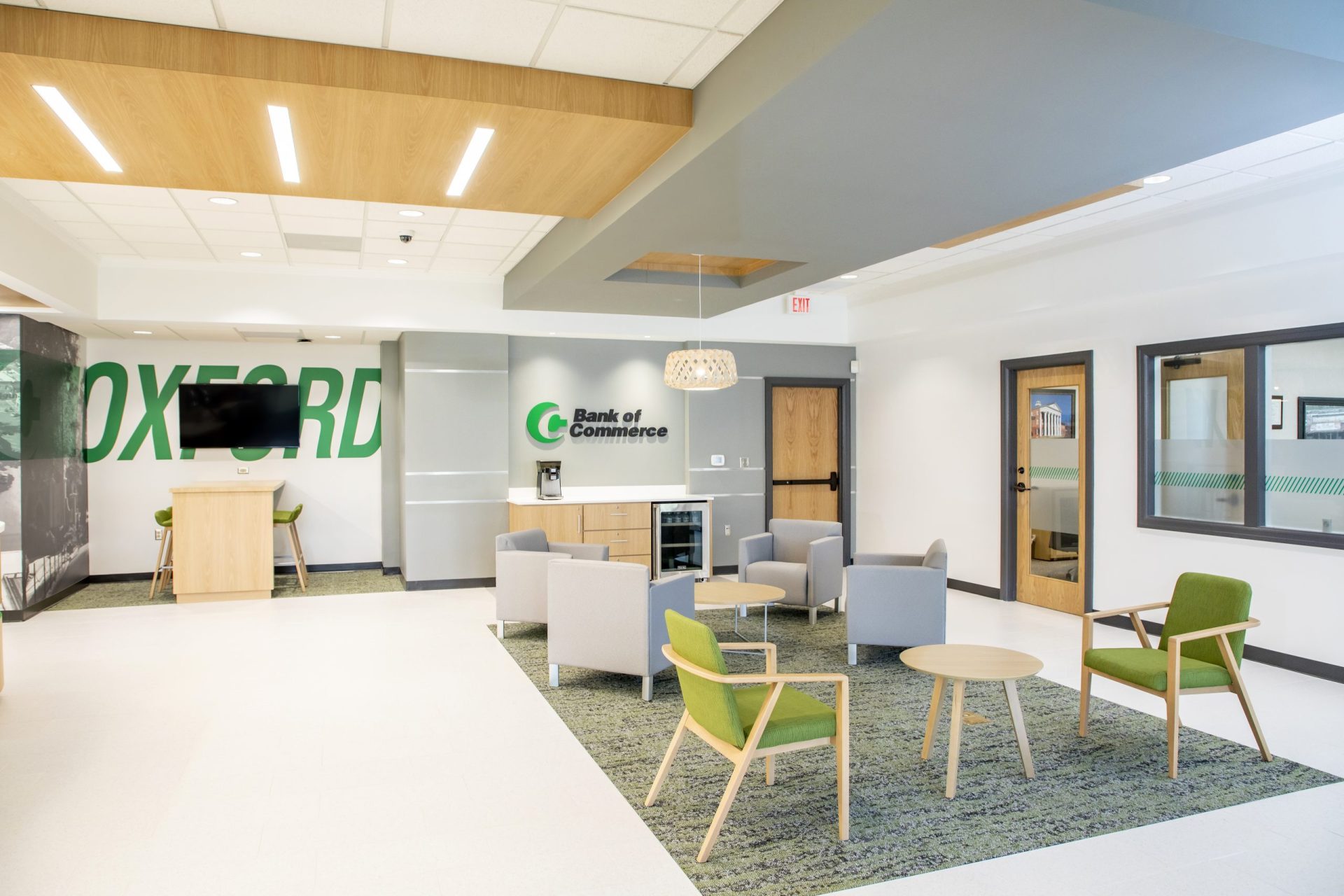Part 2: The Branch of Tomorrow
By Adam James, AIA
May 2, 2022Post Tagged in
 |
In our last blog post, we discussed technology that is being implemented into branches today to further engage your customers, improve their experience, and provide more efficiency for your employees. The technology we are seeing today needs to reduce the friction between your institution and your customers, making the experience easy and memorable. But what’s next? What role will financial institutions serve over the next five to ten years?
|


